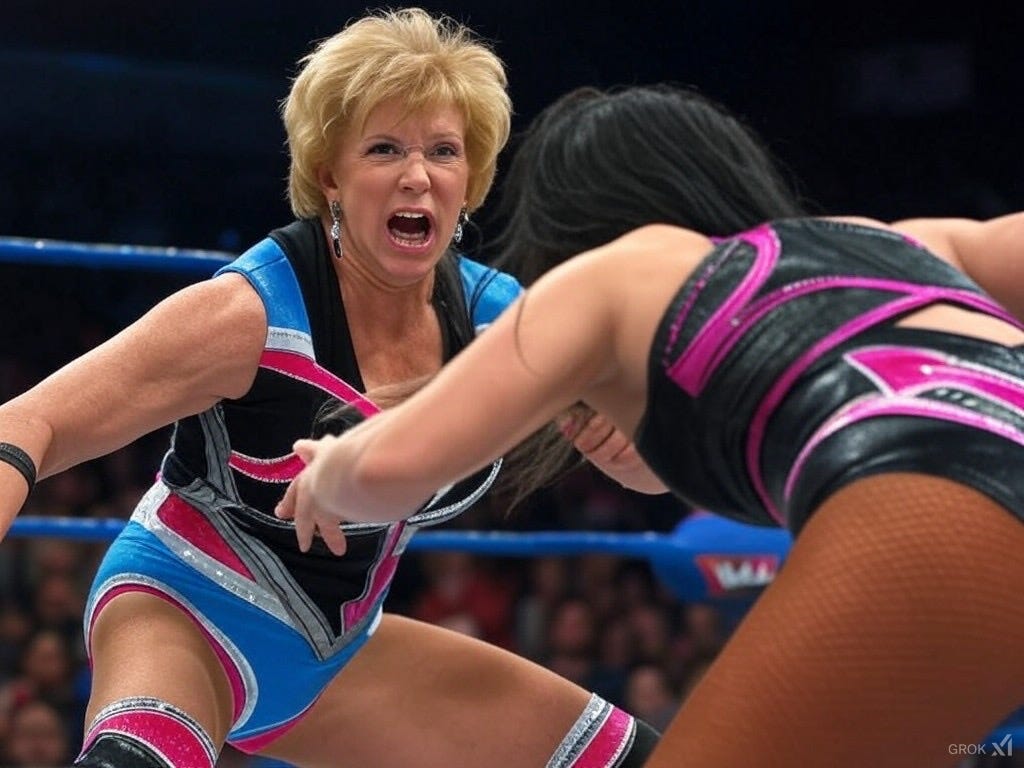Trump appoints Former WWE, Linda McMahon to Put the “Snackdown” on the Department of Education
In a move that has left many Americans raising an eyebrow—and perhaps an elbow—President Donald Trump has nominated former WWE executive Linda McMahon as the next Secretary of Education. But this isn't just a tag-team match; it's a full-on cage fight with the Department of Education itself. Trump's directive to McMahon? “I want her to put herself out of a job."
The plan is as audacious as a WrestleMania main event: dismantle the Department of Education and return control to the states. Trump argues that despite the U.S. spending an average of $16,280 per student, student performance—especially in reading—has hit an all-time low.
The Breakdown: Where Does $16,280 Per Student Go?
Before McMahon takes a metaphorical steel chair to the Department of Education, let’s follow the money:
- Instruction (61%) – The biggest slice of the pie goes to teacher salaries, benefits, classroom supplies, and instructional materials.
- Support Services (31%) – Includes:
- Student Support (7%)– Counseling, health services, and extracurricular activities.
- Instructional Staff Support (5%)– Training and professional development for teachers.
- Administration (11%)– School principals, office staff, and administrative expenses.
- Operations & Maintenance (8%)– Utilities, building upkeep, and custodial services.
- Other Expenditures (8%) – Transportation, food services, and miscellaneous expenses.
These costs vary wildly by state. For example, Idaho spends $11,686 per student, while the District of Columbia spends $37,835—and yet, test scores don’t necessarily reflect better outcomes in higher-spending states.
The Paradox of School Supplies
Despite the significant portion allocated to instruction, many teachers and parents find themselves reaching into their own pockets for classroom supplies. Surveys indicate that over 90% of teachers spend their own money on school necessities, averaging around $500 annually. This raises the question: if funds are allocated for supplies, why are educators still footing the bill? The answer lies in budget constraints and priorities; while funds are designated for instructional purposes, they often fall short of covering all classroom needs, leading teachers to bridge the gap themselves.
So, What’s Next?
With the Department of Education potentially facing its final countdown, the real question is: what replaces it? Could a new state-run system finally introduce financial literacy as a core subject? Imagine students actually learning how to do taxes, budget a paycheck, and understand credit scores—wild, right?
As we watch this drama unfold, one thing is clear: Linda McMahon is stepping into the ring with the Department of Education, and only one is walking out. The real question is—will this shake-up finally fix education, or is this just another political power play?
-D




